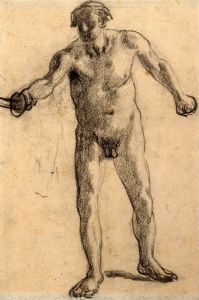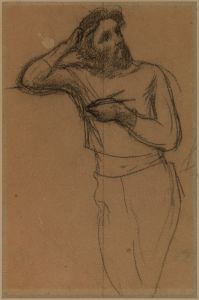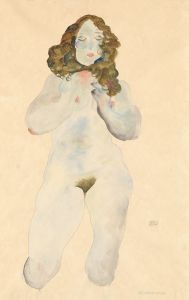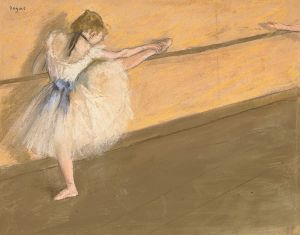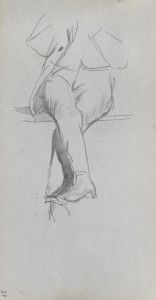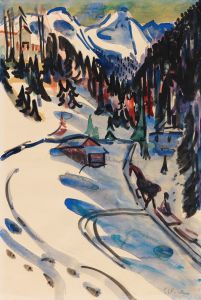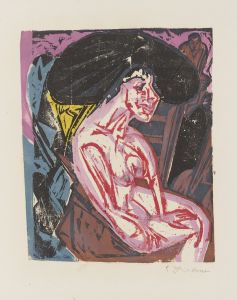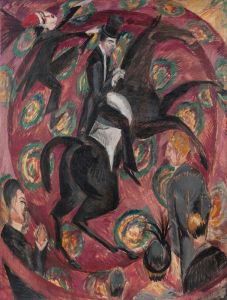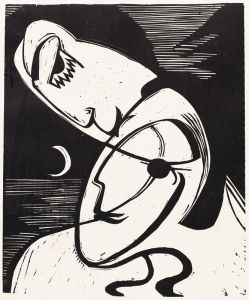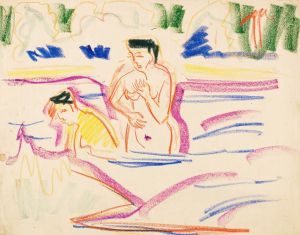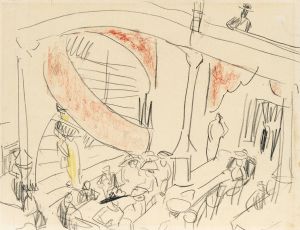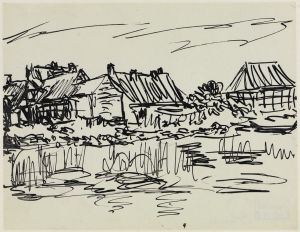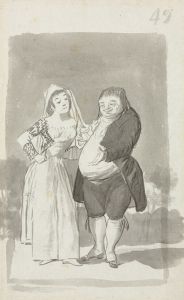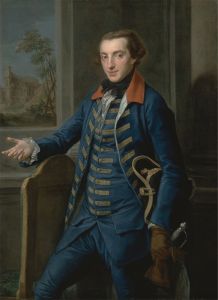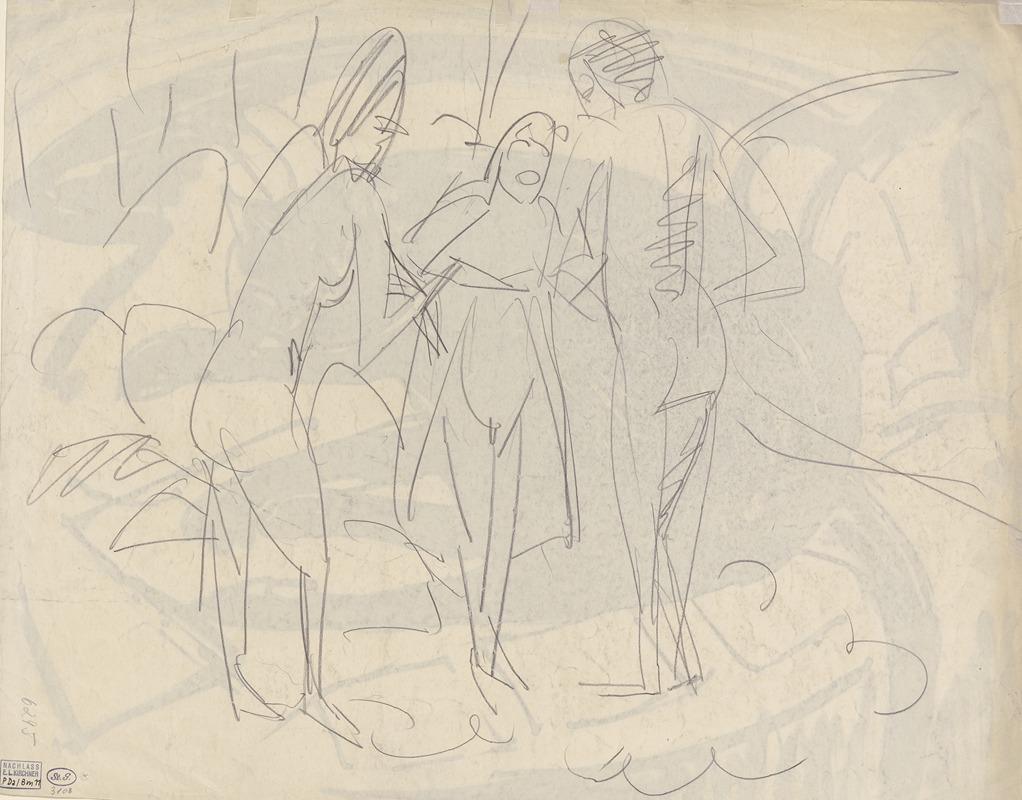
Three standing nudes
A hand-painted replica of Ernst Ludwig Kirchner’s masterpiece Three standing nudes, meticulously crafted by professional artists to capture the true essence of the original. Each piece is created with museum-quality canvas and rare mineral pigments, carefully painted by experienced artists with delicate brushstrokes and rich, layered colors to perfectly recreate the texture of the original artwork. Unlike machine-printed reproductions, this hand-painted version brings the painting to life, infused with the artist’s emotions and skill in every stroke. Whether for personal collection or home decoration, it instantly elevates the artistic atmosphere of any space.
"Three Standing Nudes" is a painting by the German expressionist artist Ernst Ludwig Kirchner, created in 1913. Kirchner was a founding member of the influential artist group Die Brücke (The Bridge), which played a key role in the development of Expressionism in early 20th-century Germany. This movement sought to convey emotional experience rather than physical reality, often through bold colors, distorted forms, and vigorous brushwork.
The painting "Three Standing Nudes" exemplifies Kirchner's distinctive style and his interest in the human form. The artwork features three female figures standing in a row, each rendered with elongated limbs and simplified, almost abstract features. The figures are depicted in a frontal pose, with their bodies slightly turned to the side, creating a sense of movement and interaction among them. The background is minimalistic, focusing the viewer's attention on the nudes themselves.
Kirchner's use of color in this painting is particularly striking. He employs a vibrant palette, with the figures painted in shades of pink, orange, and red, set against a contrasting background of green and blue. This use of color not only enhances the emotional impact of the painting but also reflects Kirchner's interest in non-naturalistic, expressive color schemes.
The composition of "Three Standing Nudes" is notable for its rhythmic quality and the way it captures the dynamic energy of the human body. Kirchner's brushwork is loose and expressive, contributing to the sense of immediacy and vitality in the painting. The figures are outlined with bold, black lines, a technique that Kirchner often used to emphasize form and structure.
Kirchner's depiction of the female nude was influenced by his interest in non-Western art, particularly African and Oceanic art, which he admired for its perceived authenticity and directness. This influence is evident in the simplified, almost totemic forms of the figures in "Three Standing Nudes." Kirchner's nudes are not idealized; instead, they are raw and powerful, embodying a primal energy that was central to his artistic vision.
"Three Standing Nudes" reflects Kirchner's broader concerns with modernity and the human condition. The painting was created during a period of intense creativity for Kirchner, just before the outbreak of World War I, which would have a profound impact on his life and work. The war and its aftermath brought significant personal and professional challenges for Kirchner, including a nervous breakdown and struggles with addiction.
Today, "Three Standing Nudes" is considered an important example of Kirchner's work and of German Expressionism more broadly. The painting is held in the collection of the Kunstmuseum Basel in Switzerland, which houses one of the most comprehensive collections of Kirchner's work. The museum's collection provides valuable insights into Kirchner's development as an artist and his contributions to the Expressionist movement.
In summary, "Three Standing Nudes" by Ernst Ludwig Kirchner is a powerful expression of the artist's unique style and his exploration of the human form. Through its bold use of color, dynamic composition, and expressive brushwork, the painting captures the emotional intensity and innovative spirit of German Expressionism.





